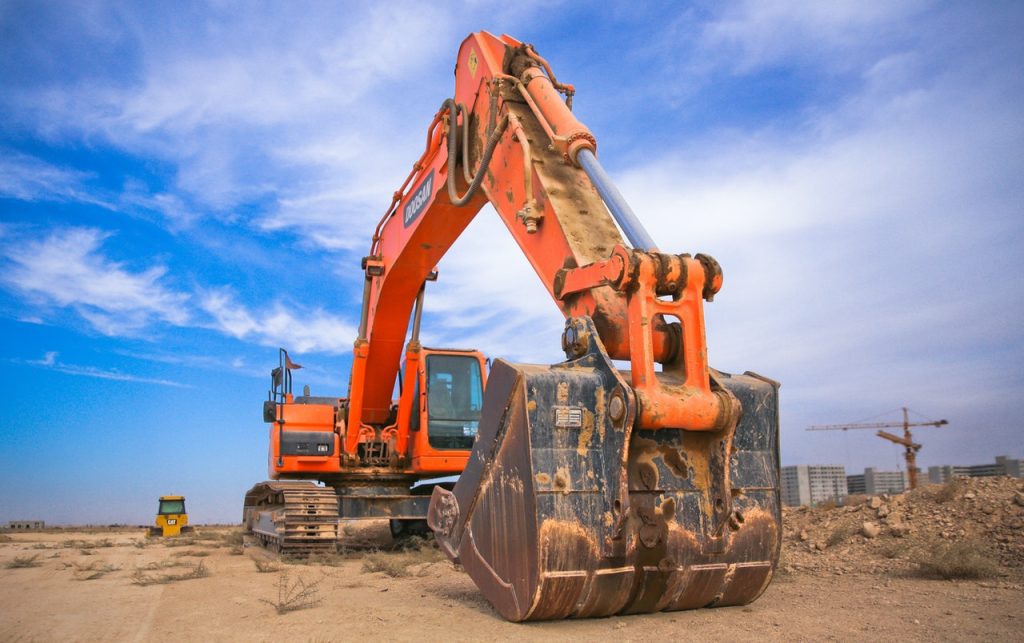If your business uses heavy-duty equipment, or there is machinery and equipment which is required for the day to day running of your business, then maintaining this equipment is vital. For businesses that use machinery, then establishing an effective maintenance plan should be done as a way of ensuring this machinery is safe to use and lasts for a long time, saving you from expensive repairs and replacements.
An effective maintenance plan should cover all features of your facility’s maintenance policy and should include a comprehensive list and inventory assets which you will need to maintain. This list could include machinery or items such as boilers, pumps, fridges, freezers and packing machinery.
If you are looking to make your maintenance plan more efficient and effective, or don’t currently have one in place, let’s take a look at some tips for creating an effective equipment maintenance plan.
Balancing Between Maintenance and Investments
It’s no secret that maintenance managers or those who are responsible for the maintenance of equipment are under pressure to provide quality results with a limited budget. Often, this can incentivise managers to go with the cheapest service or asset available, which is, more often than not, a short-sighted move. Over time, cheaper assets tend to break more often, whilst budget-friendly maintenance plans can often miss things or not prioritise things that need attention.
But, why does this matter? Because it’s important to balance between maintenance costs and investment prices. If you’re working with expensive equipment or rely on machinery to get tasks done on a daily basis, then ensuring proper maintenance and care can save you from costly delays in the future. Be sure to balance investments and maintenance costs.
Create An Equipment Inventory
In order to ensure proper care and maintenance, it is important to carry out a full equipment inventory with what machinery you have in place currently, with the full make and model, as well as the date for the next maintenance inspection and any other information that might be needed. This is so that you can quickly identify machinery should you need parts or repairs and also to make a note of upcoming inspection dates.
Set Up Defined Checklists and Procedures
Machinery and product maintenance benefits greatly from standardisation, as it involves a lot of repetition in terms of tasks that are carried out on a daily, weekly or monthly basis. But, it’s important to set up a defined checklist with a full breakdown of procedures required so that any and all employees can refer back to it, for example, if they are new or following an extended period of leave. Having clear, set guidelines ensures that everyone is on the same page and that no vital check is left undone.
Ensure Proper Training Is In Place
Having a good maintenance plan is worthless if your employees aren’t able to execute it. Employees who work on the equipment should be able to read and understand the maintenance plan and guidance and have the necessary knowledge required to follow any outlined procedures. If you have any other digital solutions in place or require systemic tracking or recording following such maintenance, then they should also be trained in how to use these.
In order to bring everyone up to the same standard of knowledge, be sure to run regular maintenance training sessions. You should make extra effort to ensure that all maintenance personnel know to log everything in maintenance logs and are following any new procedures.
Have Trusted Contractor Contacts
Some maintenance tasks will require outside contractors. This includes external specialists who will come in to carry out specialist and specific works and tasks. Most of these external specialists will bring equipment such as high-level access platforms, cranes and approved chemicals to provide service assets.
You may simply need regular services such as industrial cleaning to ensure the health and safety of your employees which needs to be carried out by registered contractors, particularly if this involves machinery cleaning. An effective maintenance plan should specify the work which you need contractors to carry out. When it comes to instructing a contractor, you should look to request quotes and build contacts from different contractors so that you’re not just solely relying on one single person.
